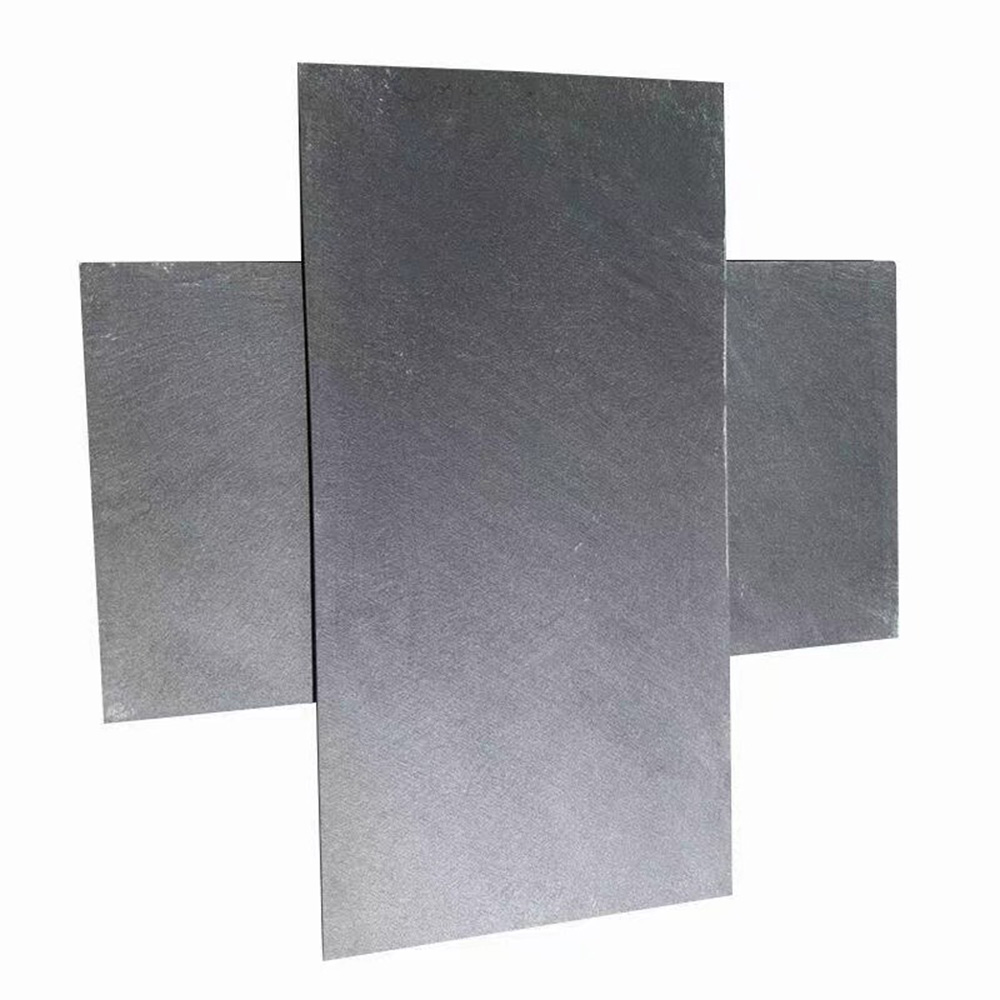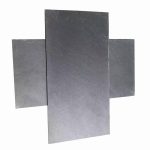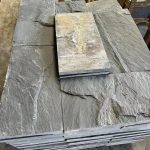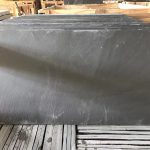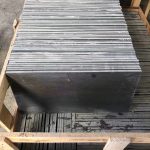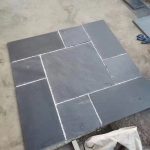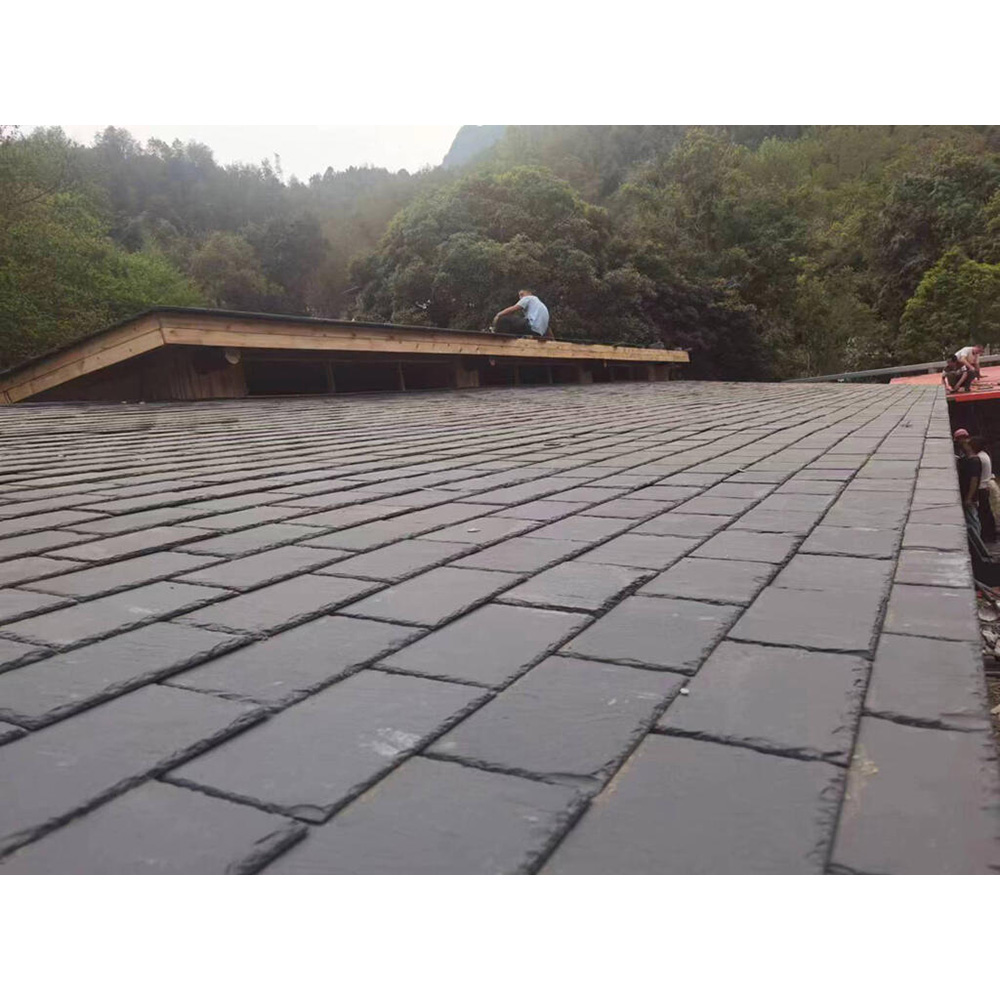» Black Natural Slate
Slate forms from sedimentary rocks, typically shale or mudstone, sometimes mixed with volcanic ash. These rocks undergo metamorphism under increased pressure and temperature, causing minerals within the rock to realign and recrystallize. The key feature of slate’s formation is the development of slaty cleavage, which allows it to split easily into thin sheets. The dominant minerals in slate include quartz, mica, and chlorite, which contribute to its hardness, cleavage, and color.
Properties of Slate Stone
-
Durability and Weather Resistance: Slate is highly durable and resistant to weathering, making it suitable for outdoor applications. Its low water absorption rate and resistance to freeze-thaw cycles enhance its longevity.
-
Color Variability: Slate comes in various colors, including gray, black, blue, green, red, and purple. The colors are influenced by the minerals present, such as iron oxides and chlorite.
-
Non-Porous and Low Maintenance: Slate is non-porous, which means it does not require sealing and is resistant to stains and damage. This makes it an excellent choice for countertops and other surfaces that require minimal maintenance.
-
Heat and Chemical Resistance: Slate is heat-resistant and chemically stable, making it suitable for use around fireplaces, stoves, and in chemical process plants.
-
Aesthetic Appeal: With its fine-grained texture and smooth surface, slate offers a sophisticated, earthy feel to any space.
Applications of Slate Stone
-
Roofing: Slate is a traditional roofing material known for its longevity and natural appearance. Slate roofs can last for decades and are highly valued for their aesthetic appeal.
-
Flooring and Paving: Its durability and slip resistance make slate ideal for flooring and paving, both indoors and outdoors.
-
Kitchen and Bathroom Applications: Slate is used for countertops, backsplashes, and bathroom tiles due to its stain resistance and heat resistance.
-
Architectural and Decorative Features: Slate is used for facades, wall cladding, and other architectural elements. It can also be used for decorative features like window sills and door surrounds.
-
Landscaping: In landscaping, slate is used for pathways, garden trim, and decorative elements in rock gardens and water features.
-
Fireplaces and Stoves: Slate’s heat resistance makes it an excellent choice for fireplace hearths and stove surrounds.
-
Monuments and Artistic Uses: Slate is used for grave markers, commemorative plaques, and as a medium for sculpture and relief carvings.
-
Industrial Applications: Due to its resistance to acid and low electrical conductivity, slate is used in chemical process plants and electrical panels.
Leave Your Message
Write your message here and send it to us





